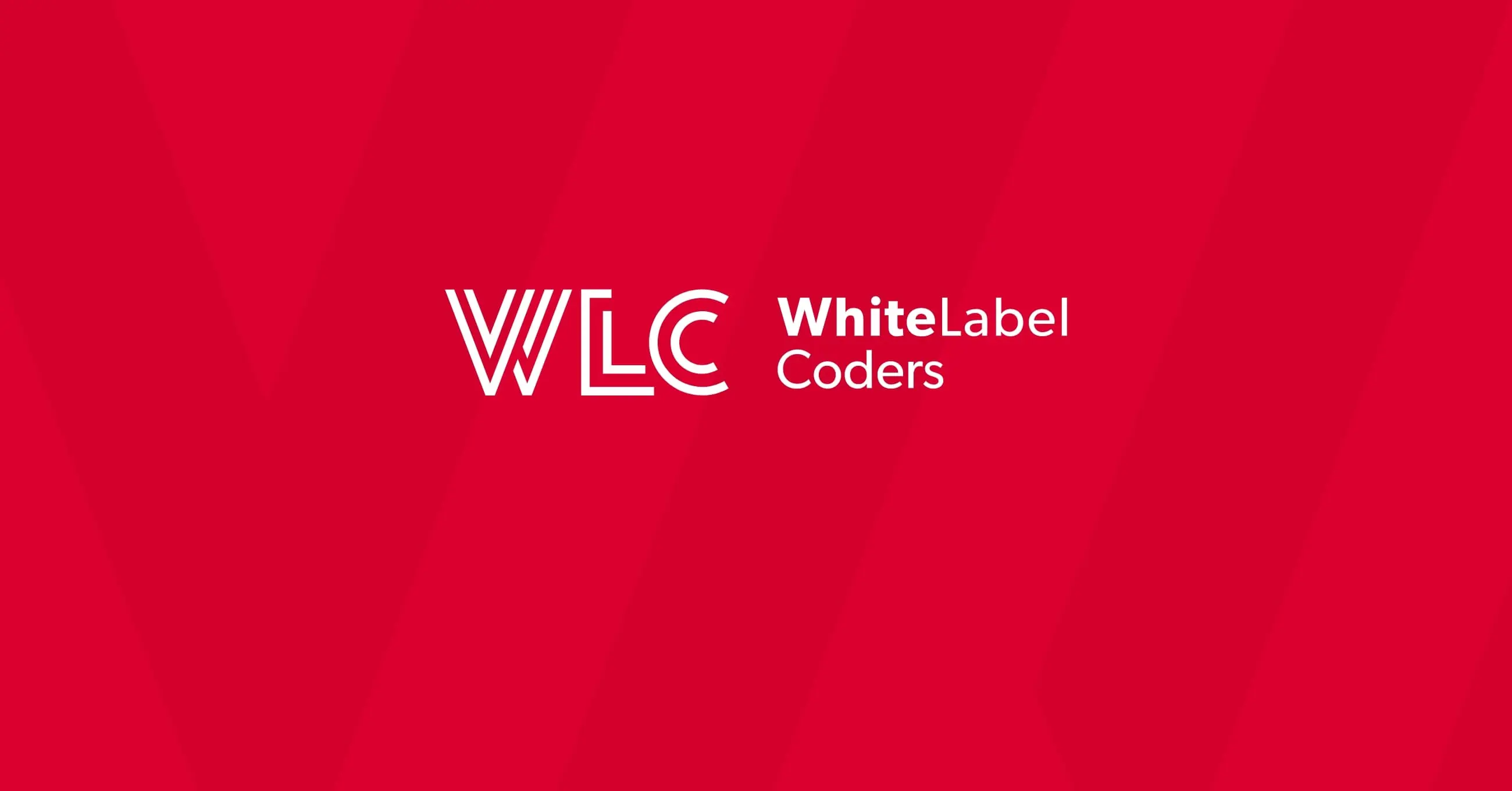Category: SEO AI
How often should you update your WordPress site?

WordPress sites should be updated as soon as updates become available, with security updates taking immediate priority. Core WordPress updates typically occur every few months, whilst plugin and theme updates happen more frequently. The key is establishing a consistent maintenance routine that includes regular backups, testing updates on a staging environment, and monitoring for security patches weekly.
Understanding WordPress update frequency and maintenance requirements
WordPress maintenance isn’t just about clicking an update button when you remember. It’s about creating a systematic approach that keeps your website secure, fast, and functioning properly.
WordPress updates fall into three main categories: core updates that affect the WordPress software itself, plugin updates that enhance functionality, and theme updates that impact your site’s appearance. Each type has different release schedules and urgency levels.
Regular maintenance prevents small issues from becoming major headaches. Think of it like servicing your car – you wouldn’t wait until it breaks down completely before taking action. The same principle applies to your WordPress site, whether it’s a simple business website or a complex custom WordPress website with advanced functionality.
What are the different types of WordPress updates?
WordPress updates come in several distinct forms, each serving different purposes and requiring different levels of attention.
Core updates are changes to the WordPress software itself. These include major releases (like WordPress 6.0 to 6.1), minor updates (such as 6.1.1 to 6.1.2), and security patches. Major releases introduce new features and may require compatibility testing, whilst minor updates typically focus on bug fixes and small improvements.
Plugin updates enhance the functionality of your website’s add-ons. These can range from minor bug fixes to major feature additions. Security-focused plugin updates should be treated with the same urgency as core security patches.
Theme updates affect your website’s design and presentation layer. Even if you’re using a custom theme, updates might include security improvements or compatibility fixes for newer WordPress versions.
| Update Type | Frequency | Priority Level | Testing Required |
|---|---|---|---|
| Security Updates | As needed | Critical | Minimal |
| Core Minor Updates | Monthly | High | Basic |
| Core Major Updates | 3-4 times yearly | Medium | Extensive |
| Plugin Updates | Weekly to monthly | Variable | Moderate |
How often should you update WordPress core?
WordPress core should be updated within 48 hours for security releases and within a week for minor updates. Major version updates can wait a few weeks to allow for compatibility testing.
WordPress automatically handles minor security updates by default, which is brilliant for maintaining basic security. However, you shouldn’t rely solely on automatic updates, especially if you’re running a business-critical website or a sophisticated custom WordPress website with complex integrations.
Major WordPress releases happen roughly three to four times per year. These updates often introduce new features, block editor improvements, and sometimes significant changes that might affect your site’s functionality. It’s wise to wait a week or two after a major release to let other users identify any initial bugs.
For websites with custom development work, including complex WordPress custom development features, you’ll want to test major updates thoroughly on a staging environment before applying them to your live site.
When should you update WordPress plugins and themes?
Plugin and theme updates should follow a weekly review schedule, with security-related updates applied immediately and feature updates tested before implementation.
Active plugins that are critical to your site’s functionality deserve the most attention. If a plugin handles payments, user authentication, or security features, treat its updates as high priority. Less critical plugins can be updated during your regular maintenance window.
Inactive plugins and themes should either be updated immediately or removed entirely. Keeping outdated, unused plugins on your site creates unnecessary security risks without providing any benefit.
Theme updates require special consideration, particularly if you’ve made customisations. Always backup your customisations and test theme updates on a staging site to ensure your design remains intact.
What happens if you don’t update WordPress regularly?
Neglecting WordPress updates exposes your site to security vulnerabilities, performance degradation, and compatibility issues that can severely impact your online presence.
Security risks are the most serious consequence. Hackers actively scan for websites running outdated WordPress versions, plugins, or themes with known vulnerabilities. An outdated site is like leaving your front door unlocked – it’s an invitation for trouble.
Performance issues gradually accumulate when updates are ignored. Bug fixes that improve loading speeds, database efficiency, and resource usage are missed, leading to a slower user experience that can hurt your search engine rankings.
Compatibility problems become increasingly complex over time. When you finally decide to update after months of neglect, you might face multiple conflicting changes that require extensive troubleshooting to resolve.
How do you safely update your WordPress site?
Safe WordPress updating requires a systematic approach that includes proper backups, staging environment testing, and a clear rollback plan.
Always create a complete backup before updating anything. This includes your database, files, and any custom configurations. Many hosting providers offer one-click backup solutions, but having an additional backup method provides extra security.
Use a staging environment to test updates before applying them to your live site. This is particularly crucial for websites with custom functionality or WordPress custom development work. A staging site lets you identify potential issues without affecting your visitors.
Update in the correct order: WordPress core updates should generally come before plugin and theme updates. This ensures compatibility and reduces the chance of conflicts.
Monitor your site immediately after updating. Check key pages, test important functionality, and verify that everything works as expected. Having a rollback plan ready means you can quickly restore your site if something goes wrong.
Key takeaways for WordPress update management
Successful WordPress maintenance requires consistent scheduling rather than sporadic attention when problems arise.
Establish a weekly maintenance routine that includes checking for available updates, reviewing security notifications, and testing critical site functionality. This proactive approach prevents most update-related issues before they impact your users.
Prioritise security updates above all else, regardless of your regular schedule. When WordPress releases a security patch, apply it within 24-48 hours after testing on a staging environment.
For complex websites with custom development work, consider working with specialists who understand the intricacies of WordPress maintenance. Professional developers can ensure that your custom features remain compatible with updates and can quickly resolve any conflicts that arise.
Remember that WordPress maintenance isn’t just about updates – it’s about maintaining a healthy, secure, and performant website that serves your business goals effectively. Regular attention to updates is an investment in your website’s long-term success and security.

